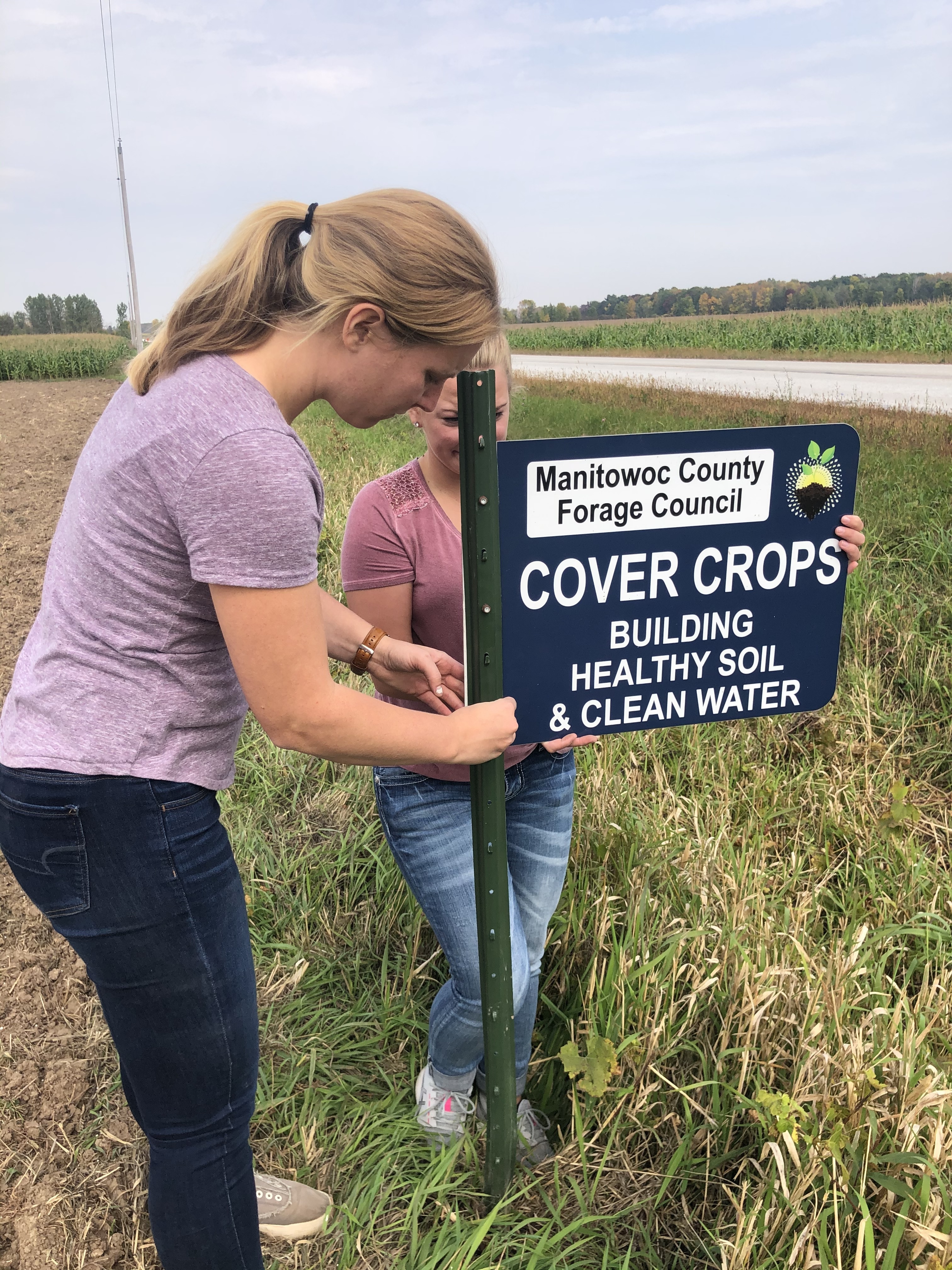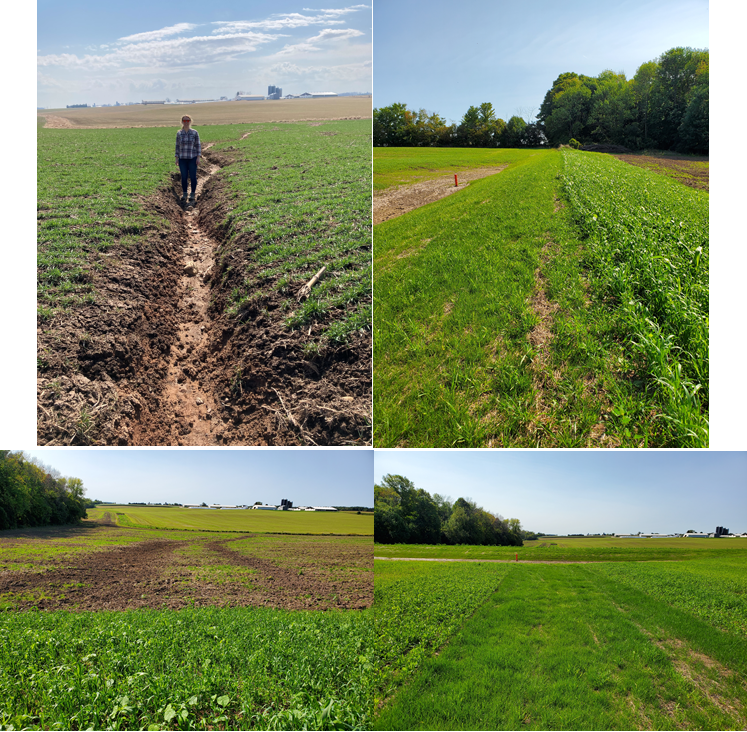County conservation departments across the state offer technical expertise and financial assistance to support Wisconsin residents in addressing conservation needs on their land. Before these practices can be implemented, awareness and education are essential to ensure both understanding and buy-in from the landowners. For Tara Wachowski, Education Coordinator for Manitowoc County Soil and Water Conservation Department, outreach and building relationships is key in the world of conservation. Their office has creatively worked to connect with the community in the Pine Creek Watershed to reduce phosphorus and sediment loads from point and nonpoint sources. The watershed covers approximately 13,409 acres and drains to Lake Michigan.
Their outreach efforts began by sending out a letter introducing the department, watershed, and efforts to reduce phosphorus and sediment. They also included a survey with the letter and received a high response rate. “This helped us learn what’s most important to the people who live and work within the watershed, their interest in participating in the project, and how we can best communicate project progress, opportunities and gain regular feedback from them,” said Wachowski. From this starting point, the county tailored their outreach to ensure people received the information and resources they needed to stay informed and get involved.
In May, they hosted a “Fish Fry for Farmers” cookout and had representation from 10 farms in the watershed at the event. “So much can be accomplished by sharing a meal and ideas,” said Wachowski. At the event, farmers were able to discuss their current practices and challenges. Manitowoc County Resource Conservationists Cheyenne Behnke and Laura Paletta gave a presentation that detailed their 9-Key Element Plan, opportunities for funding, and ideas for working together to implement conservation practices into the watershed.
After the fish fry, they followed up with flyers recapping funding opportunities and started making farm and field visits to meet with landowners to discuss and design practices. “We learned that we needed a designated place to send people to easily get information,” said Behnke. They began researching how other counties provided information and decided to create a website to showcase the opportunities and successes happening in the Pink Creek watershed. The website allows the department to reach a wide variety of audiences, from homeowners to farmers. It provides background information on watersheds, clean water, and soil health. In addition to providing information, the website offers a way to visualize the successes and challenges in the watershed through an interactive story map.

Behnke and Wachowski emphasized the importance of sharing these successes with the larger community. “It’s so great to hear from people other than farmers who notice and are thankful for the practices that are put in to help their lakes,” said Wachowski. About 30 signs have been installed in fields where farmers are planting cover crops, and the department developed interactive Cover Crop Tour Maps in 2020 and 2021. These maps follow more than 20 local producers and feature a combination of interviews, videos, and photos that detail each producer’s journey with cover crops. “These signs and maps create awareness that cover crops are a great and viable conservation practice, which also encourages other farms who are on the fence to try it for themselves,” added Behnke.
Through a combination of creative in-person and digital outreach efforts, Manitowoc County was also able to help famers in the Pine Creek watershed construct some in-field practices. In 2021, they worked with farmers to install five grassed waterways and one water and sediment control basin. The county plans to continue to build upon the foundation they have established to continue these efforts and encourage even more watershed residents to get involved.

DATCP Soil & Water Report
This story first appeared in the DATCP Wisconsin Report on Soil and Water Conservation, which highlights the conservation projects and successes of our county members.
